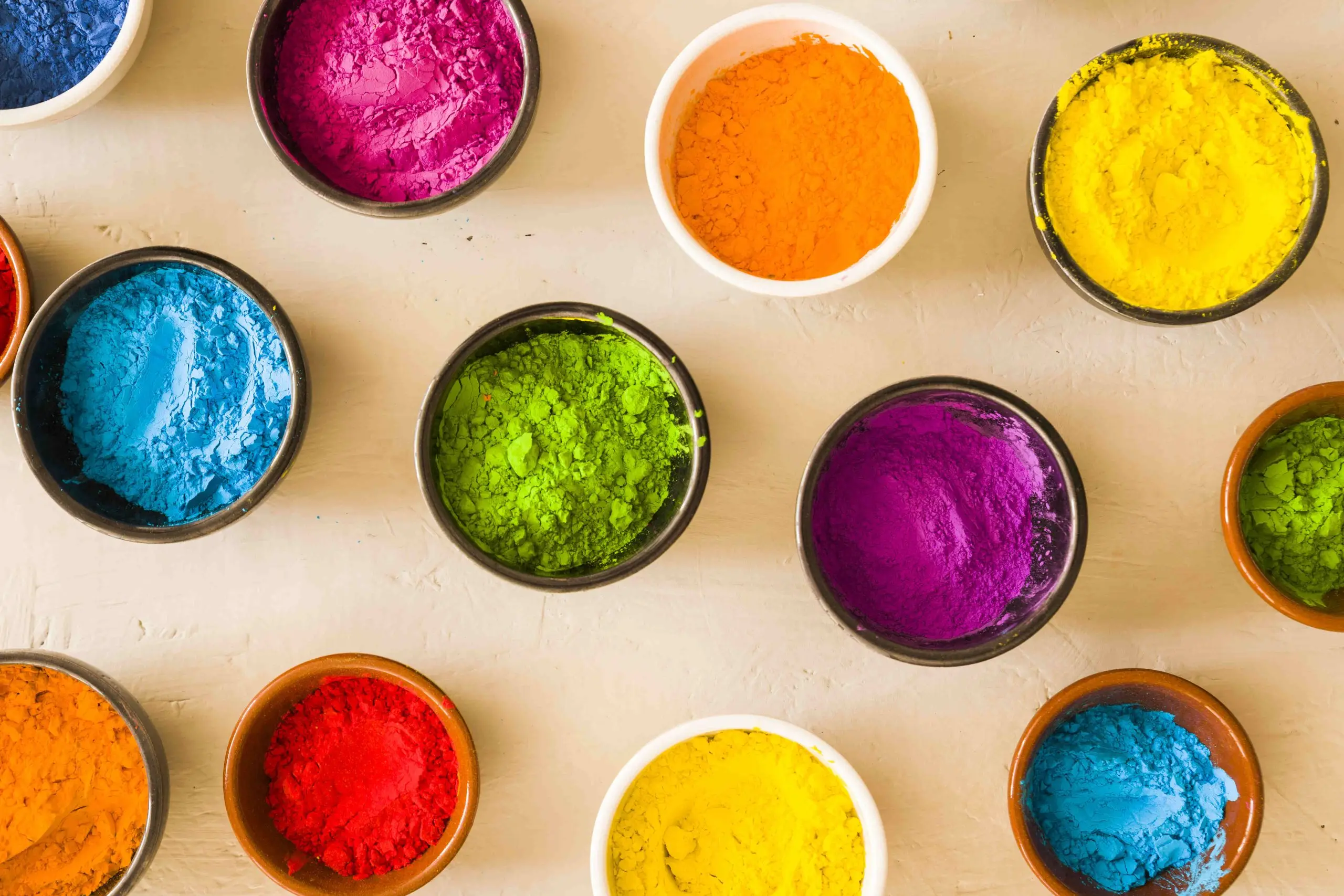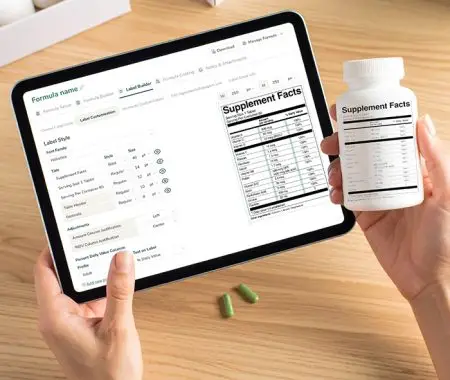The FDA just announced a major change that will affect food manufacturers across the country: six widely used synthetic food dyes are set to be banned by the end of 2026. This move is part of a broader health initiative by the FDA and HHS, aimed at reducing the use of petroleum-based additives in the U.S. food supply.

Which Dyes Are Being Banned?
Here’s the list of artificial color additives on their way out:
- Red 40
- Yellow 5
- Yellow 6
- Blue 1
- Blue 2
- Green 3
The FDA is also planning to remove authorization for Citrus Red No. 2 and Orange B, which are used less frequently but still on the radar.
These synthetic dyes are common in everything from sodas and cereals to snacks and sauces — so this isn’t a small change.
Why the Phase-Out?
The decision follows growing pressure from health advocates and emerging research suggesting potential links between synthetic dyes and behavioral issues in children, like hyperactivity. Some studies have also flagged possible DNA damage and long-term health effects.
While these findings aren’t entirely new, the FDA is now taking a firm stance and giving the industry a clear timeline to move away from these.
What’s Next? Natural Alternatives
To support this transition, the FDA will approve four new natural color additives and speed up the review process for others. That’s good news for food businesses looking to stay compliant without sacrificing visual appeal.
Some of the natural colorants already gaining traction include:
- Beet juice
- Carrot juice
- Butterfly pea flower extract
- Safflower
- Spirulina
- Radish
More options are expected to follow as demand and innovation grow in this space.
What Food Businesses Should Do Now
The FDA is urging manufacturers to begin reformulating products to eliminate the targeted synthetic dyes. While the agency has not specified enforcement mechanisms, it emphasizes collaboration with the food industry to achieve these goals.
Food businesses should proactively assess their product lines, identify items containing the affected dyes, and explore natural alternatives to ensure compliance by the end of 2026.
See How FoodLabelMaker Can Help You
Next Steps for Compliance
- Audit Your Products: Identify all items containing the six targeted synthetic dyes.
- Research Alternatives: Explore natural colorants suitable for your products.
- Reformulate Recipes: Begin testing and integrating natural dyes into your formulations.
- Update Labels: Ensure product labels accurately reflect any changes in ingredients.
- Stay Informed: Monitor FDA announcements for updates on approved natural color additives.
If you’re making food products with synthetic dyes, now’s the time to rethink your recipes. The sooner you start testing and planning, the smoother the transition will be.
📎 For more info, you can read the full FDA announcement here.
And if you need help updating your labels or staying on top of new regulations, that’s what we’re here for.
Whether you want to reformulate recipes, update your nutrition labels, or make sure you’re fully compliant with upcoming regulations, Food Label Maker has your back.
We offer two ways to support your business:
- Food Label Maker Software: Built for food brands and manufacturers, our platform lets you run recipe analysis, generate compliant Nutrition Facts labels, and manage ingredient data — all in one place.
- Food Label Maker Experts: Prefer to work with a specialist? Our team of regulatory experts, food scientists, and nutritionists can guide you through reformulation, label updates, and compliance strategy — start to finish.



